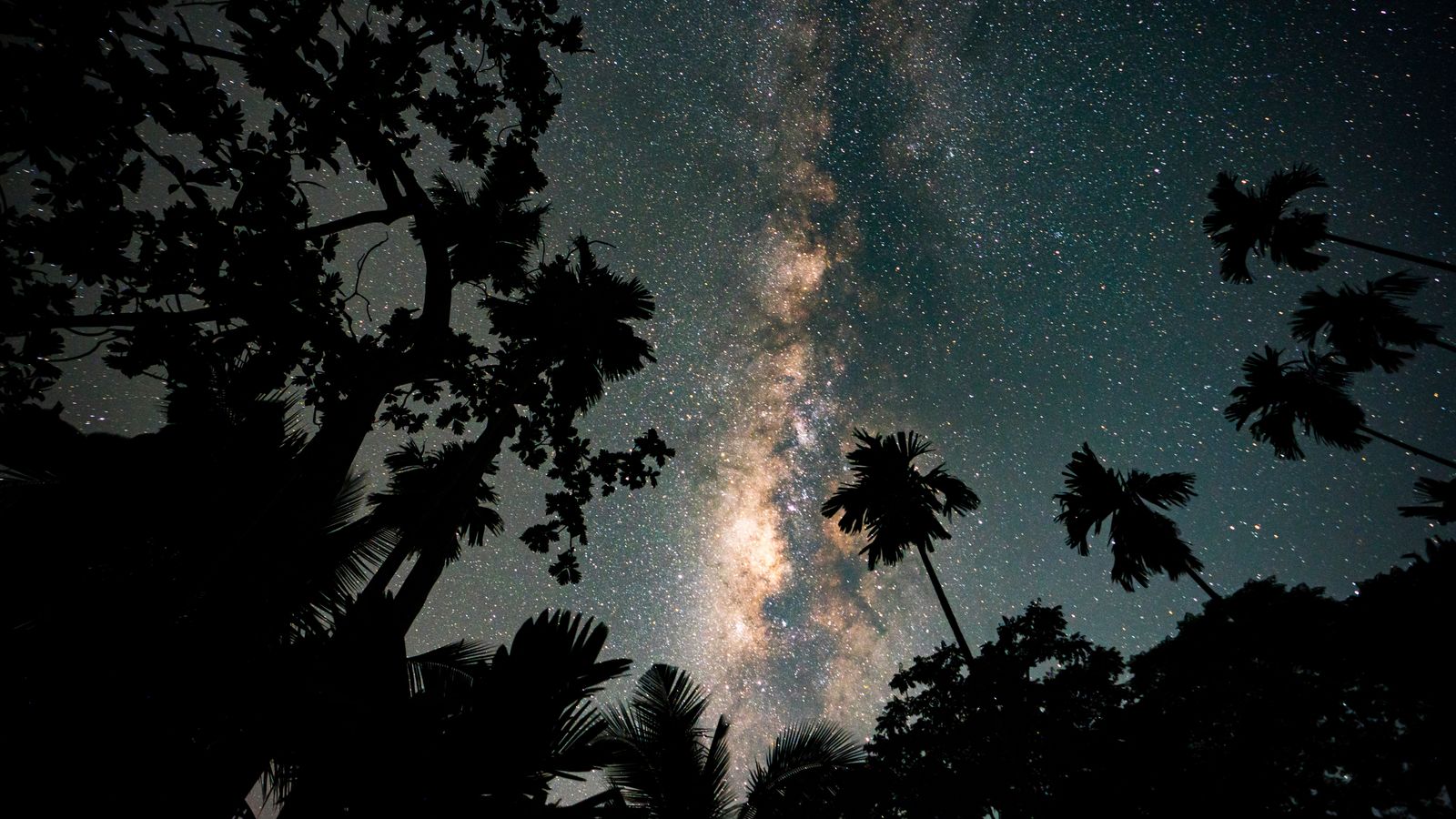Discover how community solidarity and public engagement unravel mysteries, strengthen emergency response, and foster a safer future. Join us in this collective journey!
We're thrilled to bring you news of an upcoming astronomical event that promises to captivate stargazers across the United Kingdom. Mark your calendars for August 12th, as the night sky will come alive with the annual Perseid meteor shower, offering a mesmerising display of celestial fireworks visible to the naked eye.

Source: https://news.sky.com/story/meteor-shower-to-light-up-uk-skies-tonight-how-to-watch-the-show-13186691
A Cosmic Dance of Light
The Perseid meteor shower, often hailed as one of the most spectacular celestial events of the year, is set to grace our skies once again. This annual phenomenon, caused by Earth passing through the debris trail left behind by the comet Swift-Tuttle, offers a unique opportunity for both amateur and professional astronomers to witness nature's own light show.
As the sun dips below the horizon on August 12th, eager sky-watchers across the UK will have front-row seats to this cosmic spectacle. The Perseids are renowned for their brightness and frequency, with the potential to produce up to 60 meteors per hour at their peak. These "shooting stars" are actually tiny pieces of cosmic debris, no larger than a grain of sand, burning up as they enter Earth's atmosphere at speeds of up to 130,000 miles per hour.
The shower's radiant point - the area of the sky from which the meteors appear to originate - is in the constellation Perseus, hence the name "Perseids." However, meteors can be seen across the entire sky, making this event accessible to viewers regardless of their specific location within the UK.
Preparing for the Celestial Show
To make the most of this celestial event, preparation is key. Here are some tips for our readers to ensure an optimal viewing experience:
1. Find a Dark Location: Light pollution can significantly hamper your ability to see meteors. If possible, venture away from city lights to a darker area. Rural locations, national parks, or even a local field away from streetlights can provide better viewing conditions.
2. Allow Time for Dark Adaptation: Your eyes need time to adjust to the darkness. Plan to be at your viewing location at least 30 minutes before you intend to start observing. Avoid looking at your phone or other bright light sources during this time.
3. Comfort is Crucial: August nights can be chilly, so dress warmly and consider bringing a blanket or reclining chair. Lying down allows you to see more of the sky without straining your neck.
4. Be Patient: While the Perseids can produce up to a meteor a minute during peak activity, there may be lulls. Give yourself at least an hour of viewing time to increase your chances of seeing multiple meteors.
5. No Equipment Needed: One of the beauties of meteor watching is that no special equipment is required. Your naked eyes are the best tool for taking in the wide field of view necessary to spot meteors.
The Science Behind the Spectacle
As a newspaper committed to both informing and educating our readers, it's important to delve into the science behind this annual event. The Perseid meteor shower occurs when Earth passes through the orbital path of comet Swift-Tuttle. This comet, discovered in 1862, takes approximately 133 years to complete one orbit around the sun.
As Swift-Tuttle travels through the inner solar system, it leaves behind a trail of debris. When Earth intersects this trail each August, these tiny particles collide with our atmosphere at high speeds. The friction caused by this collision heats the particles to the point where they burn up, creating the streaks of light we observe as meteors.
The Perseids are particularly notable for several reasons:
1. Reliability: Unlike some meteor showers that vary in intensity from year to year, the Perseids consistently deliver a good show.
2. Timing: Occurring in August, when many people are on summer holidays, the Perseids are often viewed by more people than other annual meteor showers.
3. Brightness: Many Perseid meteors are bright enough to be easily visible even from areas with moderate light pollution.
4. Fireballs: The Perseids are known for producing a higher number of fireballs - exceptionally bright meteors - than other annual showers.
